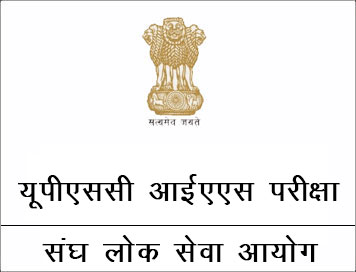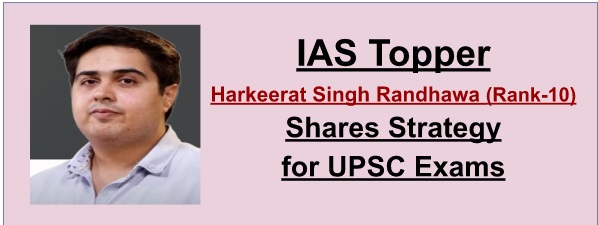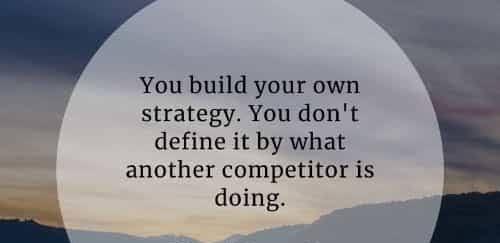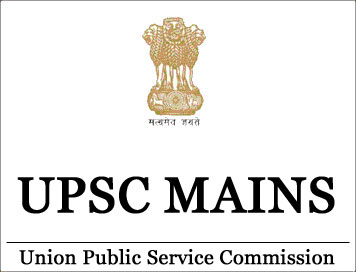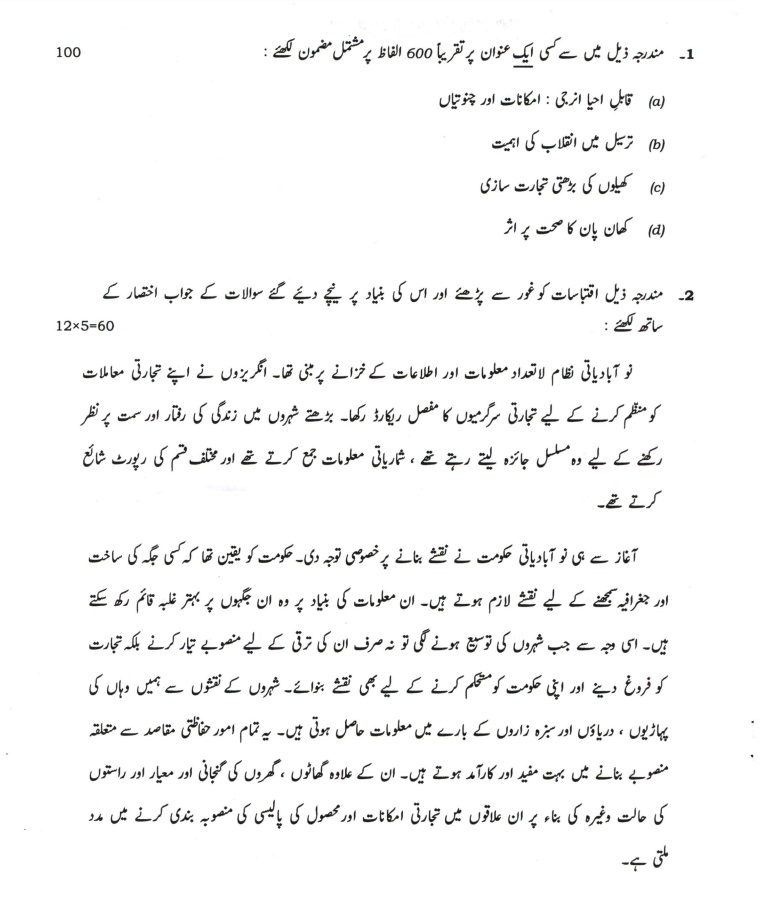
(Getting Started) 10 Qualities Of A UPSC Topper
One of the toughest and most prestigious examinations conducted in this country, UPSC Civil Services is a dream for so many of the country’s youth. Aspirants who succeed in breaking into these coveted services are put on a pedestal. And they are every bit deserving. UPSC Civil Service toppers join India’s bureaucracy and help push the country into the future. Over the years, a visible pattern has emerged and can be observed in successful candidates across the years. These are qualities that we all aspire to cultivate.
Here are the top 10 qualities seen in a UPSC topper that all aspirants should persevere to inculcating –
-
Discipline
This is the first and foremost quality, the bare minimum one needs to crack UPSC. Without discipline, this examination cannot be conquered. Being able to develop studious habits, a regular schedule, the ability to follow a routine and achieve both short-term and long-term goals is what one needs to succeed in UPSC Civil Services. This is also a quality highly expected of our civil servants.
-
Perseverance
Only a handful ever make it to the final list on their very first try. It is not a matter of capability if we are being logical. The upsc syllabus is vast, the trend ever changing. The exam in itself is very different from any students take in their school or college years. Understanding the ask of the examination takes time. Having the will to keep trying and not get bogged down by failure is very important.
-
Dedication
UPSC needs dedicated preparation. Studying on and off on a whim will never push you forward. Being dedicated to your efforts is important and it is a quality that is non-negotiable in every UPSC aspirant.

-
Focus
There are a lot of distractions day to day life presents to you. Especially in today’s digital age, outside of our personal lives, we are constantly collected to the pulse of the entire world. These are distractions one cannot afford if they are to successfully navigate the maze of the UPSC Civil Services Exam. A focussed approach towards the final goal is essential to success in this examination.
-
Time Management
Other than a vast syllabus, an optional which needs in-depth understanding, and the need to be updated on every relevant national and global news item, UPSC also required one to develop skills such as writing, analytical ability, maintaining a lack of bias, etc. To support all of these activities successfully, one must know how to manage their available time.
-
Analytical Mindset
UPSC does not just deal with facts. What you conclude from those facts is what is even more important. The ability to logically reason and deduce information from data is a highly appreciated skill that all civil servants must cultivate.
-
Unorthodox Ideas
The world will not make progress if inventions aren’t made. Inventive ideas are the core of a developed nation and UPSC expects its aspirants to come up with solutions for problems that are yet to be solved. Out of the box, ideation is one of those qualities that UPSC toppers must have.
-
Decisiveness
Bureaucrats need to take immediate action all the time. Taking decisions at a moment's notice that have a long-lasting impact is a part of the job description. UPSC sets its examination in a manner that this skill in aspirants is tested.
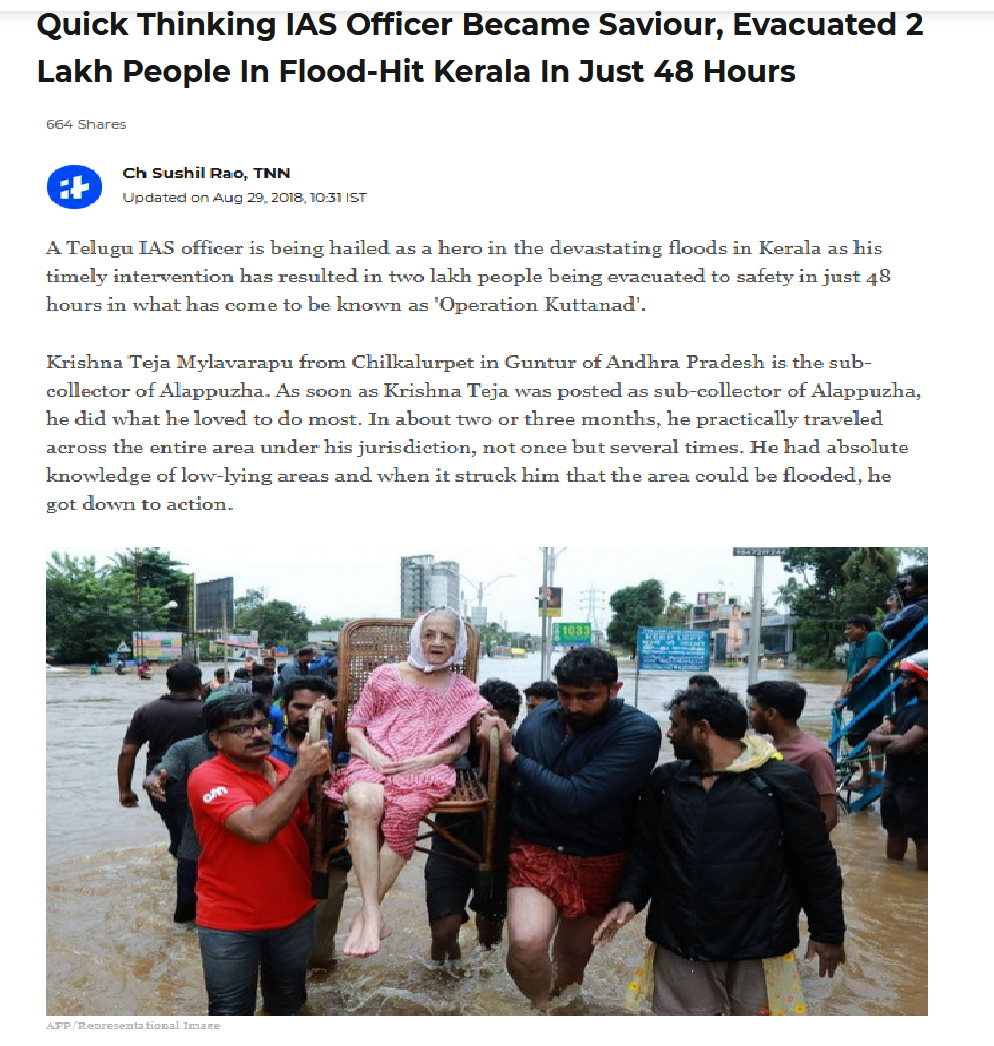
-
Communication Skills
No matter how well you know your subjects, unless you can convey that to the examiner or the interviewer, there is no way for them to judge you to your true potential. Developing both written and oral communication skills is thus indispensable for all those who wish to crack this exam.
-
Voracious Curiosity
And finally, unless you are relentlessly curious, the chances of you doing well in this examination is very low. The syllabus is designed to be endless and the questions are set to test your thirst for knowledge. More importantly, you will not enjoy the journey itself if you are not moved by curiosity to learn more.
So stay curious, develop these essential skills, and very soon your name too will shine bright on that elusive final list.
BEST OF LUCK.
CLICK HERE TO DOWNLOAD UPSC TOPPERS NOTES

